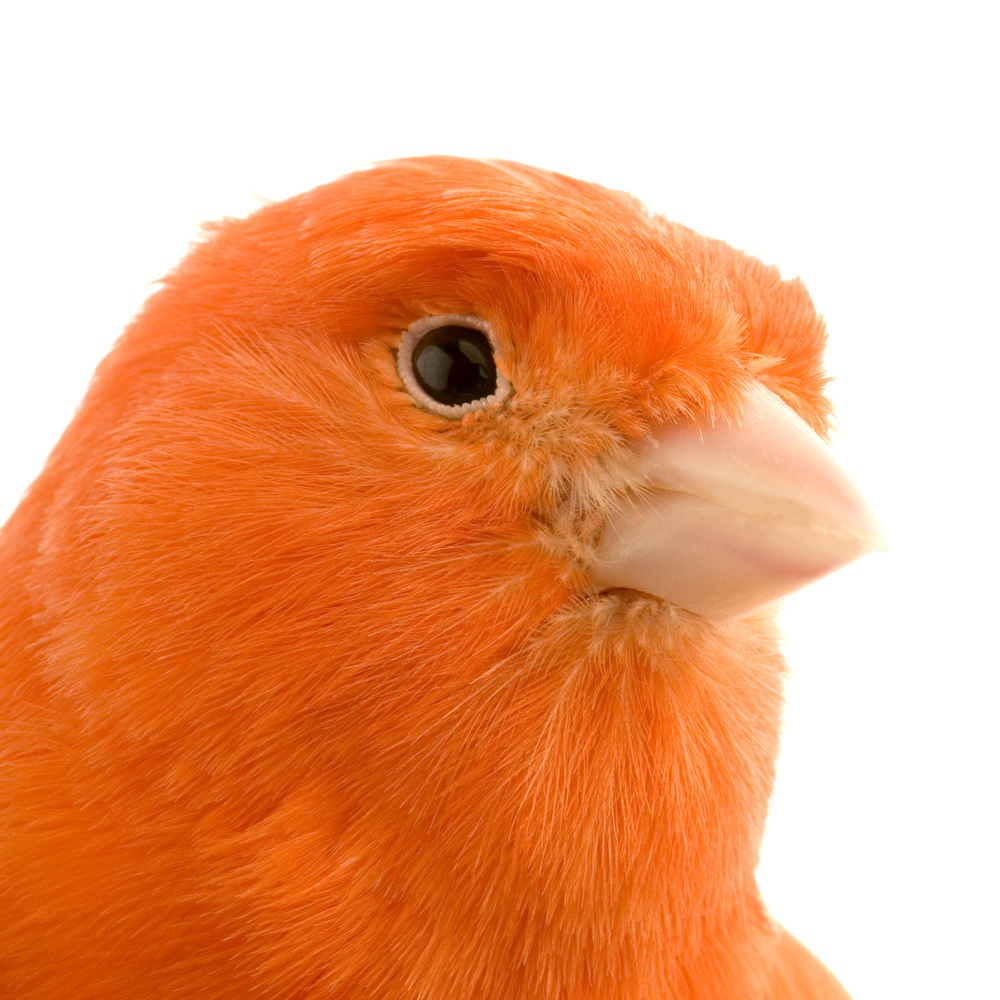My pet canary used to be a really beautiful reddish colour, but his appearance changed after his last moult, and he is now pale orange. Is there something missing from his diet? When he moults this year, will his colour come back ?

Red factor canaries rely on carotenoid pigments in their diet to maintain their colour. These are carried in the blood to each growing feather and incorporated here, creating the reddish coloration.
Once the feather is fully developed though, it ceases to have a blood supply, and so its colour will remain unaltered until the next moult. While you can use a natural food like grated carrot, which is a good source of carotenoids, it will be better to use a special colour food, sold in larger pet stores, to improve the colour of your canary.
Start using one of these products just before your canary begins to moult. If you start to colour-feed too late, your canary will have uneven colouring, with the breast feathers and those on the edges of the wings, which are moulted first, ending up being paler than the rest of his plumage.The colouring agent can be obtained either as a soft food or as a solution which has to be added to the drinking water.
Using a soft food has the added advantage of adding to the canary's protein intake, aiding the growth of the new feathers. Not all canaries are likely to be as keen to sample the soft food as others however, and so some breeders prefer to administer the colouring agent through the drinking water.
You need to carry this out carefully, to ensure the resulting solution is of the correct strength. If it is too weak, then it will not be very effective, while overdosing will spoil the bird's appearance, giving a red canary an unwanted muddy tone. Its droppings are also likely to turn reddish for a period at this stage, indicating an overdose before this becomes clearly apparent in the feathers, so be sure to follow the instructions carefully if you decide to use a liquid colour food.
To discover more about the origins of canaries, click here.